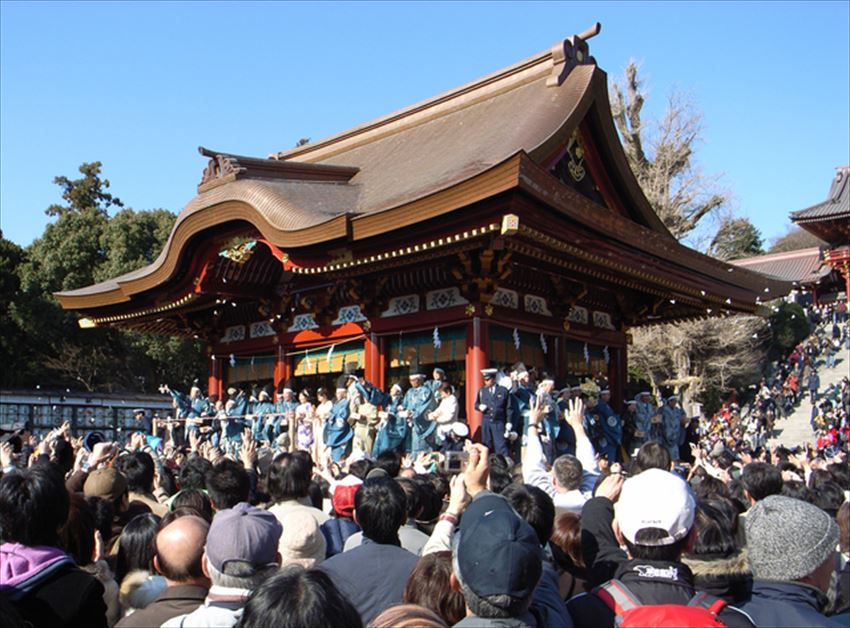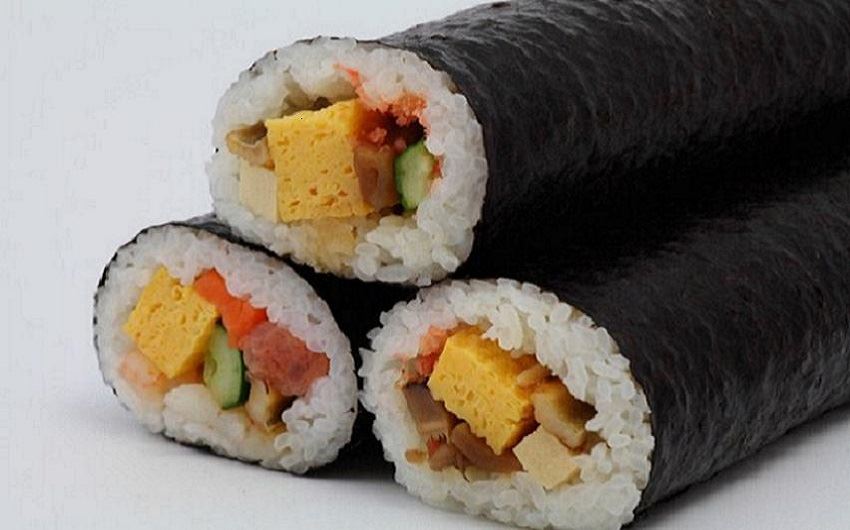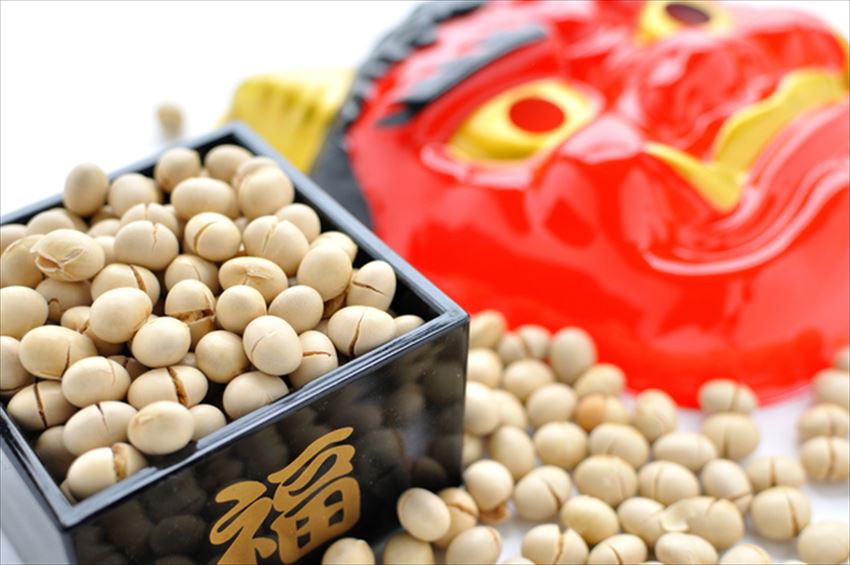Setsubun is a Japanese event accompanied by the ritual of mamemaki (“bean-scattering”) and the cry “Demons out! Good luck in!”
It was once believed that at the change of the season, demons would appear and cause terrible and unimaginable misfortune to humans, such as disasters, illnesses, and famine.
The bean-scattering ritual of today is derived from the olden practice of scattering beans outside of one’s home in order to drive those demons away.
At one time, it was thought that soybeans were inhabited by nature spirits, and so since long ago they have been used in religious rituals.
In the ritual, after the beans have been scattered, people wish for one year of protection from evil, and then eat a number of beans equal to their own age plus one.

Traditionally, items with a strong, unpleasant smell and objects with pointed tips have often been used in ceremonies to drive away evil.
Demons were believed to have an aversion not only to beans but to sardine heads, which have a strong odor, and to the spines of the false holly plant, and so a custom was born where talisman-like ornaments known as “yaikagashi”, made from false holly branches inserted into roasted sardine heads, were placed at the entrances of homes to prevent demons from entering.

Although there are few people today who place yaikagashi out at their entranceways, many still display them inside their homes.
There are also more people eating sardine dishes on Setsubun, showing how the way the tradition of yaikagashi is observed has changed along with our lifestyles.

Another Setsubun custom that is being observed by a growing number of people consists of eating an entire rolled sushi called an “ehomaki” while not speaking at all.
The rolled sushi refers to the idea of “rolling up” good fortune, and it is eaten whole without being cut by a knife to symbolize the wish for connections with good luck not to be severed.
People face the “eho”, or “lucky direction” (the direction believed to be most auspicious for that year) and eat the sushi to its end in complete silence, while making wishes in their minds.
Speaking is not allowed until it has been completely eaten because it is believed that doing so would cause good luck to escape.

คุณอยากไปเที่ยวญี่ปุ่นฟรีมั้ย?

Comments